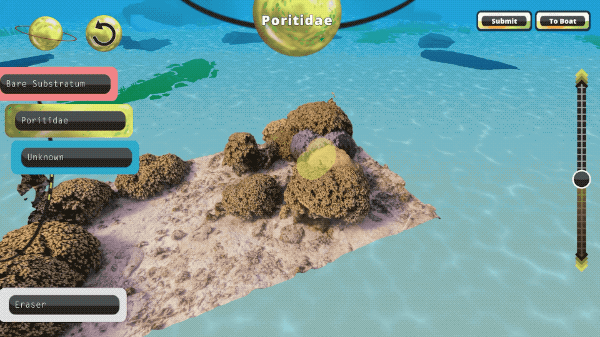
Want to help scientists study coral reefs all over the world without so much as getting your feet wet? Download NASA’s new NeMO-Net video game, in which players identify and classify images of coral that were imaged in 3D with instruments that can look below the ocean surface in more detail than had ever been possible.
Principal investigator Ved Chirayath at NASA Ames Research Center developed the neural network behind the game, which, as users play, helps train NASA’s Pleiades supercomputer at Ames to recognize corals from any image of the ocean floor using machine learning techniques.
Travel the ocean virtually on the research vessel the Nautilus and learn about the different kinds of corals that lie on the shallow ocean floor while highlighting where they appear in the imagery. Aboard the virtual research vessel, players will be able to track their progress, earn badges, read through the game’s field guide, and access educational videos about life on the sea floor.
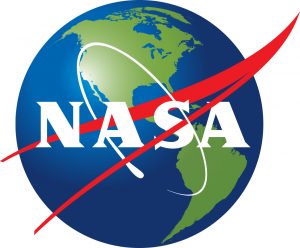 NeMO-Net is available on the Apple App store and is playable on iOS devices and Mac computers, with a forthcoming release for Android systems.
NeMO-Net is available on the Apple App store and is playable on iOS devices and Mac computers, with a forthcoming release for Android systems.

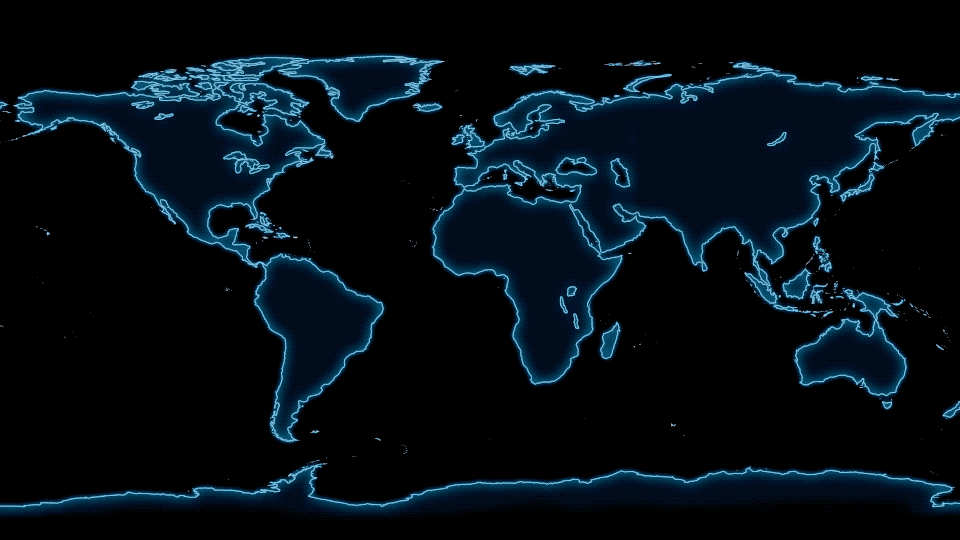
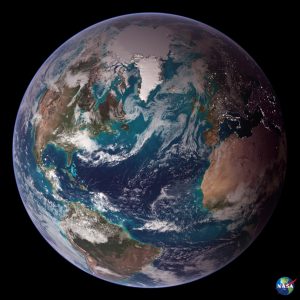 Combining NASA’s various satellite views of our home planet can make something really spectacular, like these
Combining NASA’s various satellite views of our home planet can make something really spectacular, like these 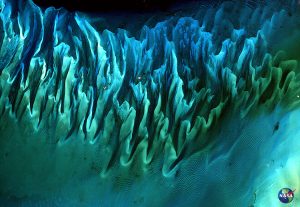 In the Bahamas, tides and ocean currents sculpted sand and seaweed beds into these stunning
In the Bahamas, tides and ocean currents sculpted sand and seaweed beds into these stunning 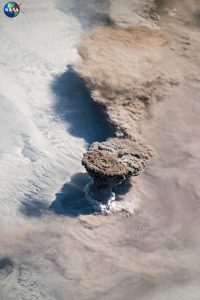 We can even see volcanic eruptions from space! Astronauts have a front-row view of our planet and how it changes from day to day, like this incredible image of
We can even see volcanic eruptions from space! Astronauts have a front-row view of our planet and how it changes from day to day, like this incredible image of 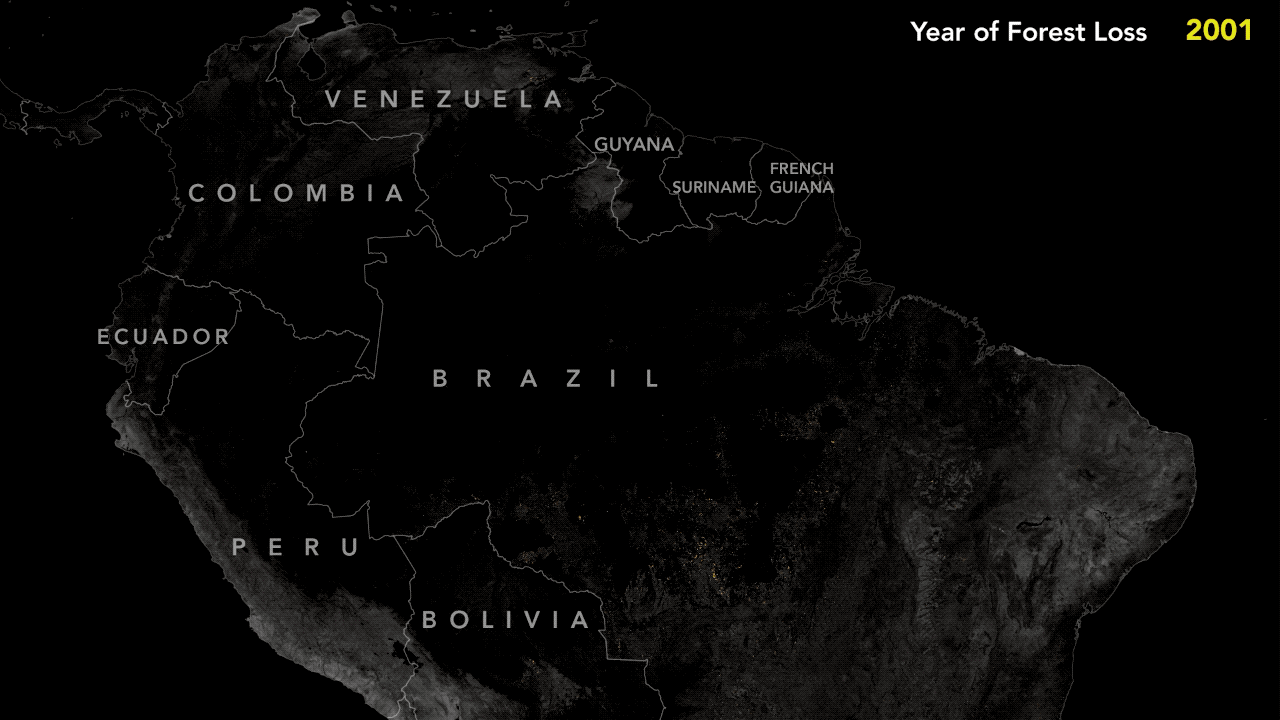

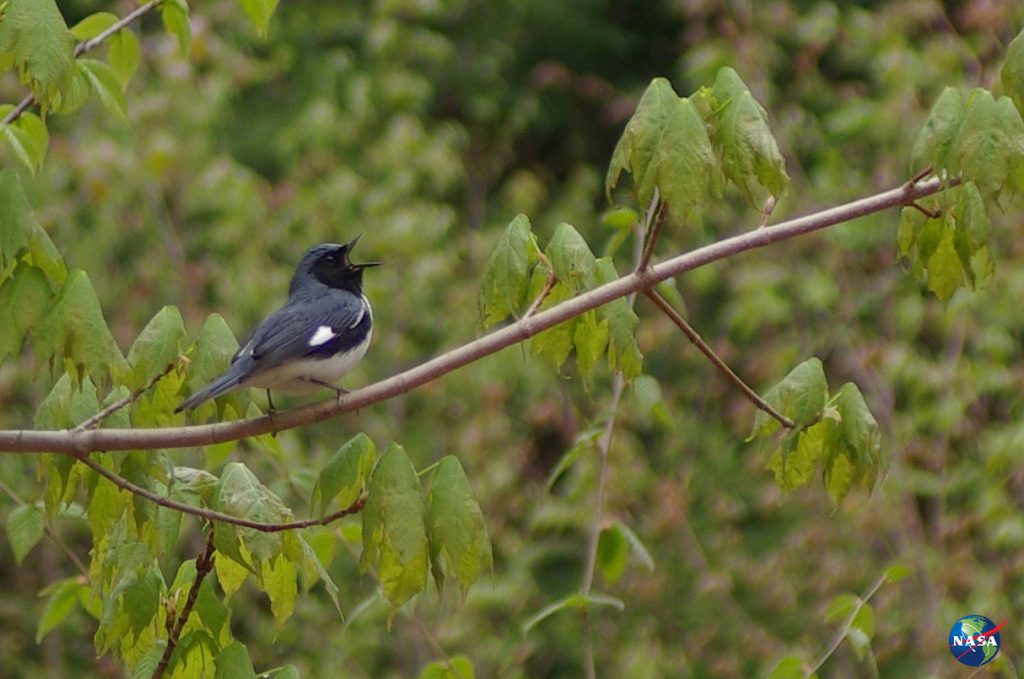
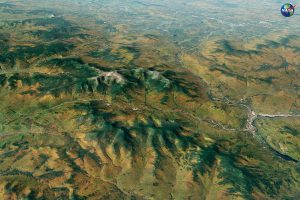 Forest fragmentation and habitat loss from stressors like commercial development and climate change are leading threats to forest birds in the Northeast. Forest fragmentation occurs when a tree-filled habitat gets cut down into smaller patches, with open lands or human development in between.
Forest fragmentation and habitat loss from stressors like commercial development and climate change are leading threats to forest birds in the Northeast. Forest fragmentation occurs when a tree-filled habitat gets cut down into smaller patches, with open lands or human development in between.
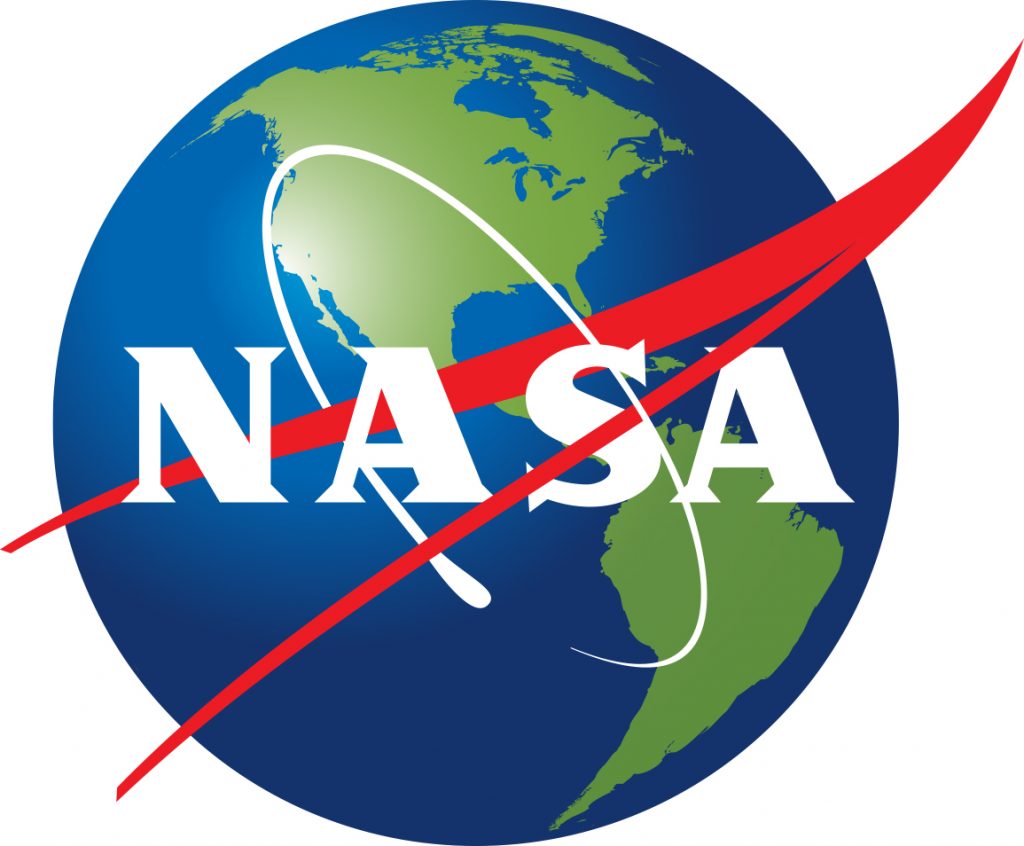 Public health researchers can link the UV exposure indicator to skin cancer incidences. The dataset is available on the CDC’s
Public health researchers can link the UV exposure indicator to skin cancer incidences. The dataset is available on the CDC’s